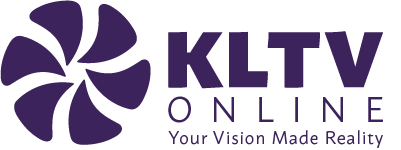
What is the DRIP?
After more than thirty years of work and negotiations, the UN Declaration on the Rights of Indigenous Peoples was adopted on September 13, 2007, by the United Nations General Assembly.
The Declaration is made up of 46 articles.
According to UNESCO, at least 370-500 million indigenous peoples live in all regions of the world and own, occupy or use some 22% of global land area.
They also make up 15% of the world’s poor and one-third of the world’s extremely poor.
This Declaration aims to establish a universal framework of minimum standards for the survival, dignity and well-being of the indigenous peoples of the world.
To give a little bit of an insight, what do we mean by the term ‘Indigenous’?
Indigenous communities, peoples, and nations are distinct social and cultural groups that share collective ancestral ties to the lands and natural resources where they live, occupy, or from which they have been displaced.
- They have a special relationship with their land, which they have lived for generations.
- They have a distinct language, culture and beliefs.
- They are also known as First Peoples, Aboriginal Peoples, or Native Peoples.
Despite some positive developments, most of the world’s indigenous peoples continue to face challenges to the full enjoyment of their human rights that they deserve, as article one explains:
“Indigenous peoples have the right to the full enjoyment, as a collective or as individuals, of all 8 human rights and fundamental freedoms as recognised in the Charter of the United Nations, the Universal Declaration of Human Rights4 and international human rights law.”
They are more likely to receive a poor education and suffer as a result of marginalisation, poverty, and violence.
They face harsh realities and are denied the opportunity to express their culture.
We may wonder why they make up 15 per cent of the world’s poor, but this is due to the discrimination they suffer from people and the legal system—leaving them vulnerable.
To show the severity of how mistreated indigenous people are, here are examples when there have been situations with Indigenous women.
In Panama and Russia, Indigenous women are about six times more likely to die in childbirth than women from the non-Indigenous population.
This is because they are scared to use health care facilities available during pregnancy because of the mistreatment they may receive.
This is shocking to see, as the system forgets they have the same human rights as anyone else.
Their difference in culture and tradition should not affect how they are treated.
It is a fundamental violation of their human rights.
It’s not just adults; even indigenous children are vulnerable to discrimination and abuse.
Not only do they find it difficult to access education, but in south-east Asia, most women and girls trafficked across state borders are from Indigenous communities.
Organisations such as Amnesty international work with Indigenous peoples to develop urgently needed laws to protect their lands, cultures and livelihoods.
This Declaration reinforces the truth that Indigenous people have the same rights such as access to education, presenting their culture and social security.
This is displayed in Article 24:
“Indigenous individuals also have the right to access, without any discrimination, to all social and health services. States shall take the necessary steps with a view to achieving progressively the full realisation of this right.”
The Declaration can be read in full on the United Nations website here.











